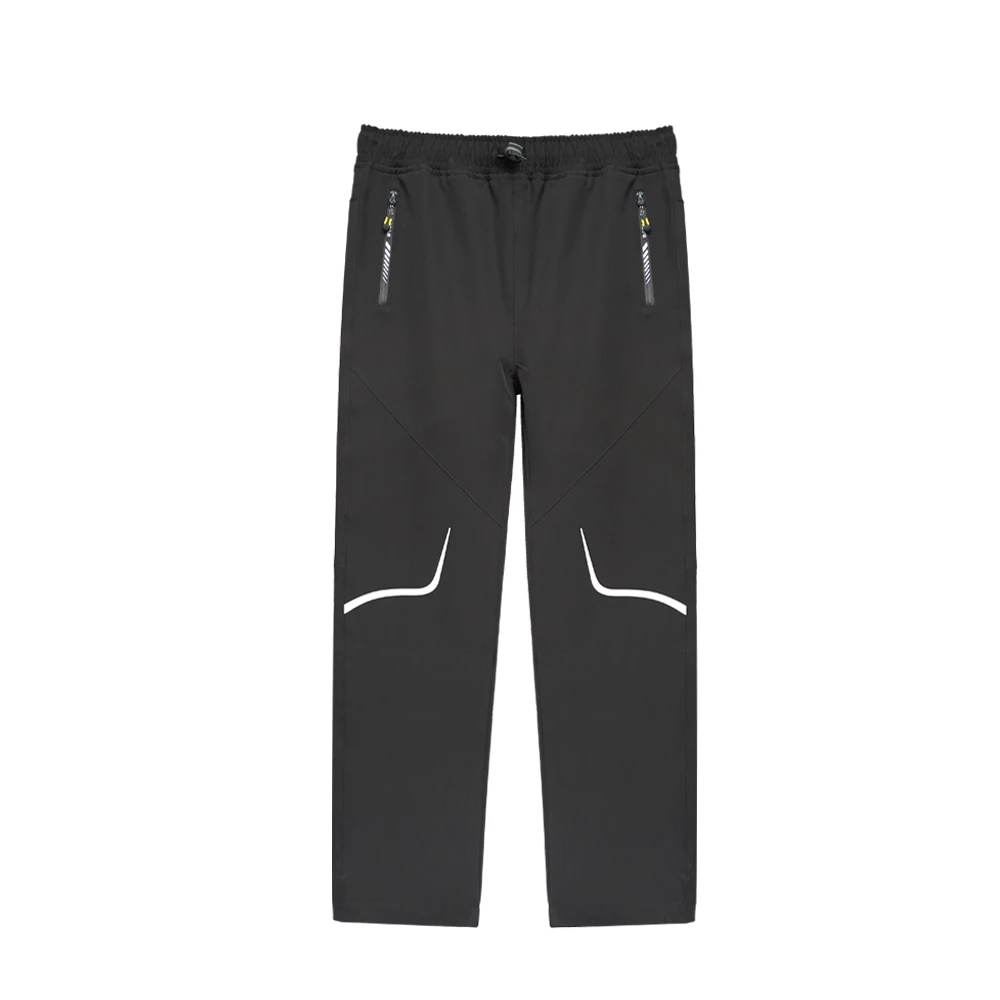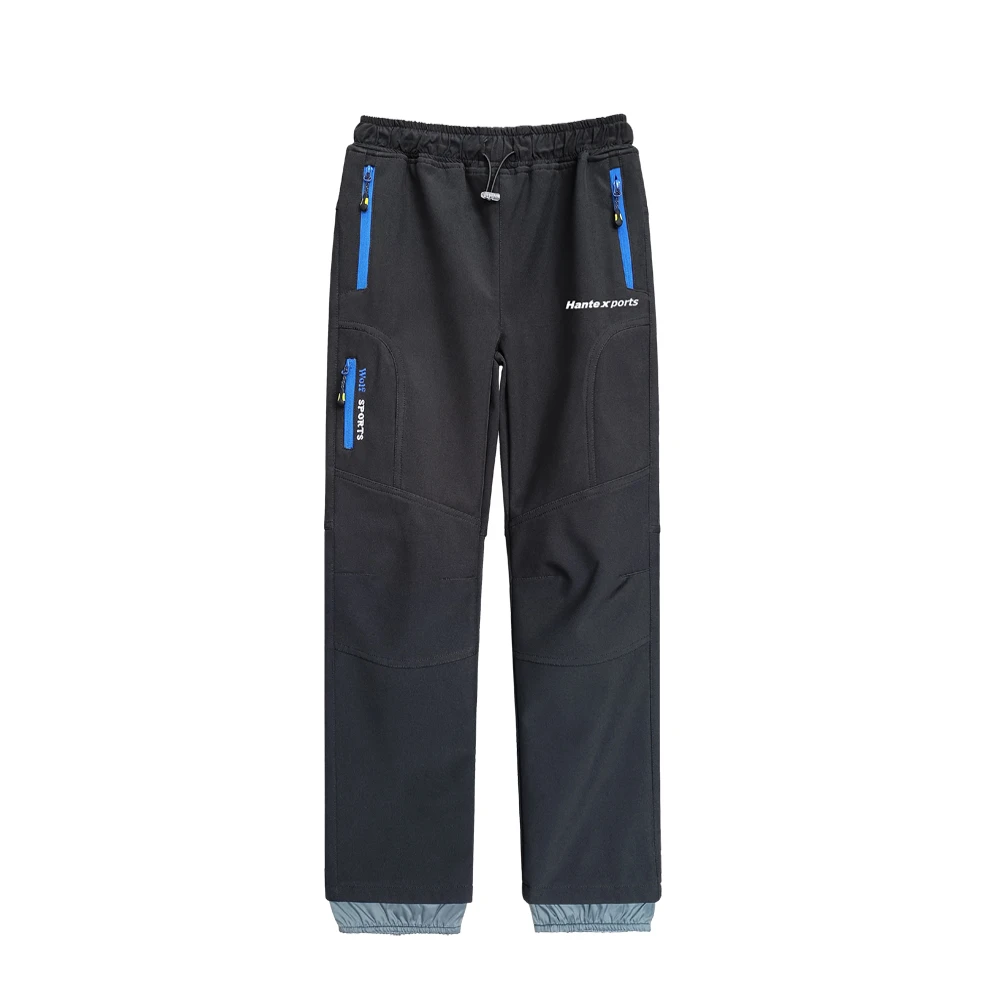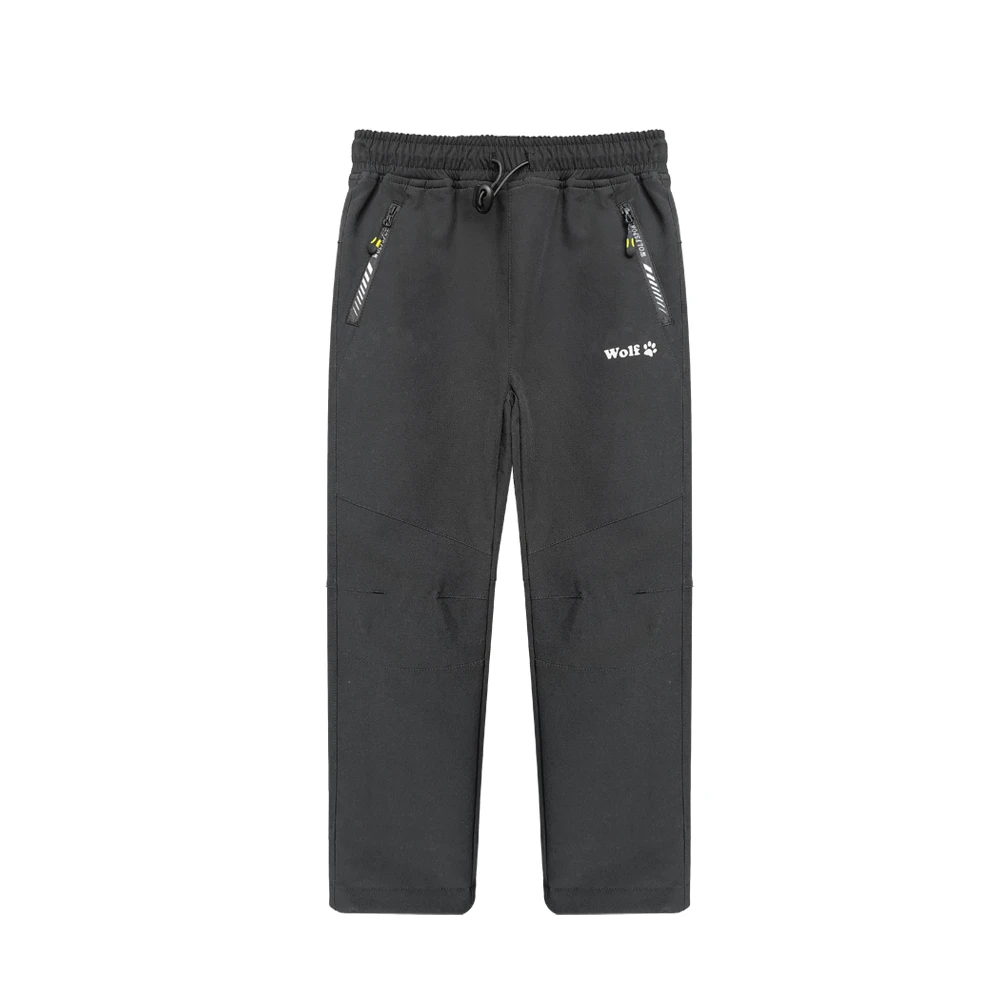The Importance of Fire Retardant Workwear
In today’s industrial landscape, safety remains a paramount concern for employers and employees alike. Among the various safety measures, the use of fire retardant workwear has become increasingly crucial, especially in sectors where the risk of fire is elevated, such as manufacturing, construction, and oil and gas industries. Fire retardant clothing not only protects workers from heat and flames but also contributes to creating a safer working environment.
Fire retardant workwear is designed to resist ignition and to minimize the extent of burns should an incident occur. Unlike regular clothing, which can easily catch fire and sustain a flame, fire retardant garments are treated with special chemicals that prevent them from burning quickly. This property allows for precious seconds when a worker is exposed to fire or heat, providing enough time to escape from hazardous situations.
One of the most significant advantages of wearing fire retardant workwear is the protection it offers against thermal hazards. Workers in high-risk environments may encounter flash fires, molten metal spurts, or electrical arc flashes. Fire retardant fabrics can reduce the severity of injuries and have been shown to improve survival rates in case of accidents. For example, the National Fire Protection Association (NFPA) establishes guidelines and standards for fire retardant clothing, ensuring that materials used offer sufficient protection.
Furthermore, the durability of fire retardant workwear is a key consideration for employers. While the initial investment in high-quality fire-resistant clothing may be greater than that of standard work attire, the long-term benefits often outweigh the costs. Fire retardant garments are typically made with robust fabrics that withstand wear and tear, making them a cost-effective choice over time. Companies can save on replacement costs and reduce potential liabilities associated with workplace accidents.
fire retardant workwear

Comfort and functionality are also vital aspects that should not be overlooked. Modern fire retardant workwear is designed not only to protect but also to provide comfort for long hours spent on the job. Innovations in fabric technology have led to lighter materials that wick moisture away from the skin, allowing workers to stay cool and dry while being protected. This aspect is particularly important in industries where physical labor is involved, helping to maintain productivity levels and employee morale.
The regulatory landscape surrounding the use of fire retardant clothing has also evolved significantly. Many industries are now required to comply with specific regulations mandating fire-resistant attire for their employees. For example, OSHA (Occupational Safety and Health Administration) has guidelines that clearly define the expectations for personal protective equipment (PPE). Employers must ensure compliance not only to protect their workers but also to avoid hefty penalties associated with safety violations.
Choosing the right fire retardant workwear involves considering factors like the type of hazards present, the comfort of the garment, and the specific industry standards that apply. It’s essential for organizations to assess their risk factors comprehensively and select clothing that suits their specific needs. Engaging with reputable suppliers who provide certifications and detailed product information can aid in making informed decisions.
In conclusion, the importance of fire retardant workwear cannot be overstated. It serves as a critical barrier against potential fire hazards, contributing directly to the safety and well-being of workers across various high-risk industries. Employers have a responsibility to provide adequate protective gear and to foster a safety-conscious work environment. By investing in quality fire resistant clothing, organizations not only adhere to safety regulations but also demonstrate a commitment to their workforce's health and safety—a fundamental aspect in cultivating a culture of safety and responsibility in the workplace. As technology continues to advance, we can expect further improvements in fire retardant materials, ensuring that safety remains at the forefront of industrial practices.















